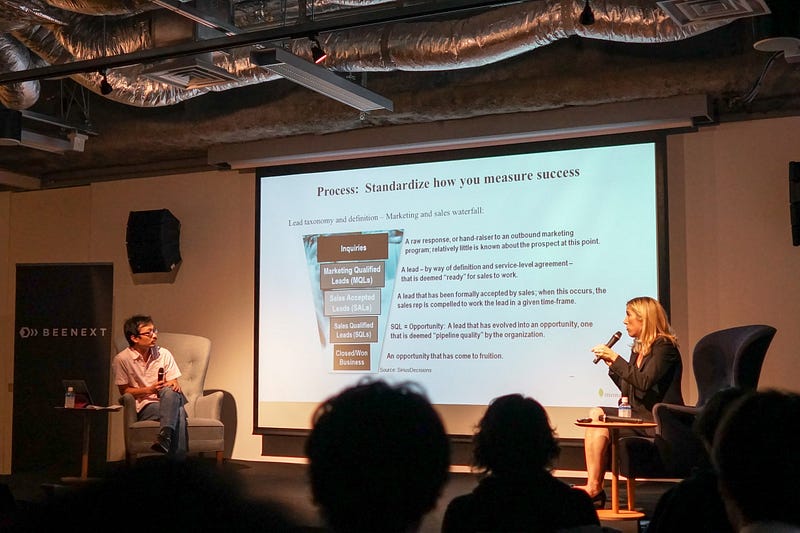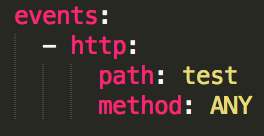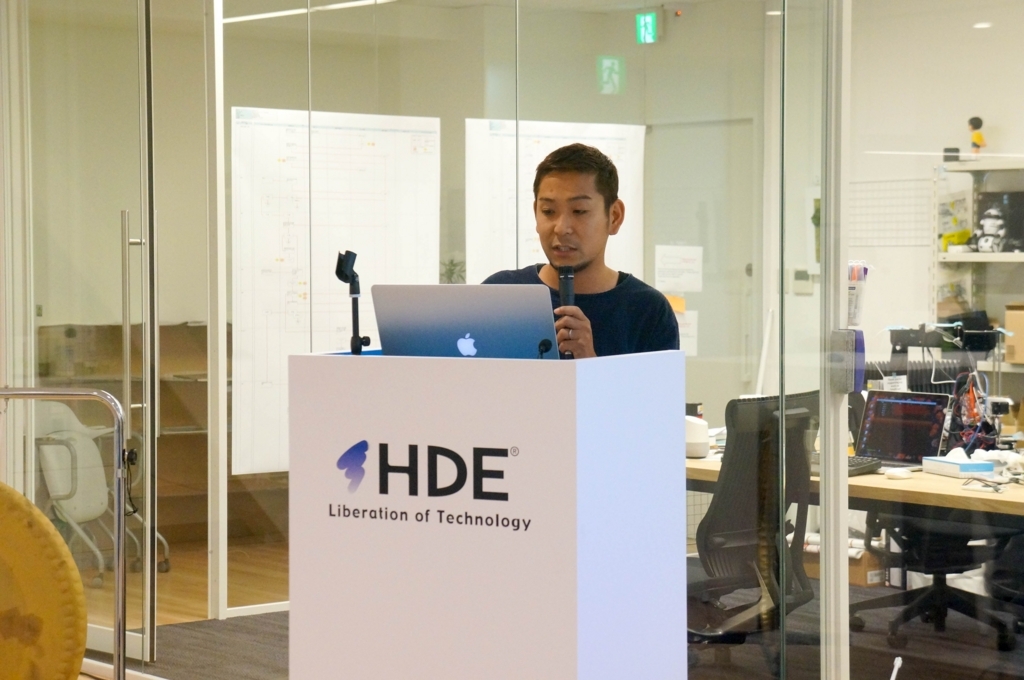
English version is here.
勉強会はBlogを書くまでが勉強会と誰かが言っていました。勉強会ではないですが先日SaaS Conference Tokyo 2017に参加する機会があったのでまとめてみたいと思います。
SaaS Conference TOKYO 2017とは?
ベンチャーキャピタリストである前田ヒロさんが昨年から始められたConference、シリコンバレーでも特に注目を集めているSaaSスタートアップで活躍するスペシャリストの方々や日本のSaaSスタートアップ企業のけ方々を招いて講演いただくというもの。第2回となる今年は「ARRゼロから100億円まで、SaaSスタートアップの成長」と銘打ち、海外からMongoDB, DoubleDutch, Stripeが、日本からはSmartHR, Salesforce, プレイドが登壇。因みに、参加費6,500円、懇親会3,500円と日本ではまだ珍しい有償のConferenceとなっています。
詳細はこちらのURLから http://saastokyo.jp/
きっかけ
いつの間にやら弊社HDEがこのカンファレンスのスポンサーになっていました。スポンサー枠で3名までConferenceに参加できるということで参加することができました。
 HDEもPlatinum Sponsorとして協賛
HDEもPlatinum Sponsorとして協賛スタート

いよいよスタートです。前田ヒロさんの挨拶やConferenceに対しての思いなどが語られました。
世界レベルのSaaSマーケチームの作り方

Mongo DBのCMO Meagen Eisenbergさんから、前半はプレゼンテーション、後半は前田ヒロさんがファシリテートしながらのQAという形、今回は前編基本的にこのフォーマットでカンファレンスが進められていた。前田ヒロさんが参加者が聞きたいような質問を上手く聞いてくださったので非常に分かりやすかった。
Webフォームの作り方からスタートアップ時にマーケティングの何処にお金を掛けるべきかなど参考になった。
MarketoやSalesforceなどのMAツール、CRMツールはMust、 Mongo DBではマーケと営業が問い合わせ(無償ダウンロードを含む)を突き合わせながら良い問い合わせなのかどうかを週次でミーティングをしているとのこと。
因みに20年程前、早稲田大学に通っていたとのこと、同級生かも?!
SaaSのZero to One

SmartHRの宮田さんによるこの2年間でSmartHRがどのように成長してきたかという赤裸々な話し。カスタマーサクセスが何か判らなかったときに採用した社員にカスターマーサクセス担当した。早めに広報担当を採用して良かった。マーケ担当は早く取りたかったが取れなかった、何故テレビCMに敢えて打って出たかなど。
CEOとしての仕事もビジネスのステージによって大きく変わったとのこと、創業期は営業、プロダクトマーケだったが、今は組織作りがメインとのこと。
Churn RateやARR、ARPAといった用語を普通に使って経営指標にしているという話は流石SaaS ネイティブと思った。
セールスフォースのセールスフォース ~ 営業部隊の構築と育成 ~

続いてSalseforce.com Japanの営業のマネージャー2人によるお話、それぞれインサイドセールスと外販のマネージャーとのことで少し違った立場からSalesforce社内の営業組織の構築、運営のお話。「The Model」と名付けているらしい。実はHDEの営業組織もこのThe Modelを参考にしていてこの話は他で一度聞いたことがありましたが、採用から評価の方法やインサイド→外販のプロモートの流れやインセンティブの話などより踏み込んだ話を聞くことができました。
1チーム7名制にしてそれ以上増えたら枠を増やしてリーダーを置くという話はマイクロソフトでも聞いたことがあり、経験則の観点から1人のマネージャーが管理するのに最適な人数なのかなと思いました。
大型ACVの秘訣

プレイド鈴木さんのお話、ECサイトの裏側で顧客接客ができる『KARTE』を運営されています。
前田ヒロさんの「もし、スタート時に戻れるとしたら何をやる、やらない?」という質問に対して、「サービスを絞ってスタートする」、他のプランのために本流のプランの開発が遅れたり、負の遺産として残ってしまっている部分などがあるとのこと。それにしても凄いARPU(1契約あたりの売り上げ)の推移!
SaaSの値段設定

Patrick McKenzieさんによるSaaSの価格付けの話、この方、岐阜に長いこと住んでいたとのことでしたがともかく早口。終盤に来てなかなかつらい。
SaaSの価格付けの話、日本のSaaSのマーケットは非常に大きなポテンシャルがコンペティターが少ないのと外国からの参入は日本語や文化の障壁が高いのでチャンスだとも言われてました。
ARR 25億円までの道のり

最後にDoubleDutch Lawrence Coburnさんと前田ヒロさんの対談、Conferenceの終盤、英語、さらにプレゼン資料無しの3重苦。流石アメリカ人、凄い座り方!ととりあえず思いました。
3倍→3倍→2倍→2倍→2倍でARRを成長させることができれば成功だとおっしゃっていました。
失敗したことは?との質問にも80億ドル?調達できちゃってちょっとお金使いすぎたとのこと。
Lighting Talk

因みにスポンサー枠で3分間のLTの時間をいただくことができましたのでHDEの宣伝をさせていただきました。※ちゃんと仕事してます!
懇親会
場所を変えて懇親会。思いの外、人が少ない。登壇者の方々も参加されていました。ちらほら知り合いにも会うことができました。その中でも高校のクラブの後輩(直接の後輩ではないですが)で今はAIトラベルというのCEOの村田くんにも再会。出張の飛行機やホテルの予約をAI使ってスムーズに行ってくれるサービスです。みなさんも良ければ使ってみてください。

まとめ
ほとんどのSaaSスタートアップがSaaSスタートアップとして生まれている(当然ですが)ためHDEと色々違う部分があるなと思いました。Negative Churn RateやARRなどここ数年で社内でも使いだした言葉が普通に使われているんだと再確認しました。
マーケティングの話、営業の評価、教育、採用の話、SaaSの価格付けの話、SaaSスタートアップ企業がどのように成長してきたのかとバライティーに富んだ色々な話が聞けてとても勉強になりました。6,500円を出す価値は十分にあったのではないかと個人的には思います。
できれば来年は登壇者側にHDEもまわれるように頑張りたいと思います。
反省、備忘録
今回PCでメモを取りながら講演を聞いていましたが、電源無しではPCのバッテリが持ちませんでした。そのため後半は、ノートにメモを取る形にしましたが聞きながらノートに書きながらははかなりしんどかったです。(その為、後半の講演の内容が少し薄め(言い訳)です。)次に向けては何か検討しないといけないと思いました。
カンファレンスからこのブログをアップするまで約1週間掛かってしまいました。もう少しスピーディーにアップできるように前もって準備すれば良かったと思います。
今回、3分のLTがあったりしてバタバタして事前の下調べをしないで参加してしまいました。もう少し登壇者の方々のサービスの内容など調べてから行って、できれば質問ができればと思いました。

































